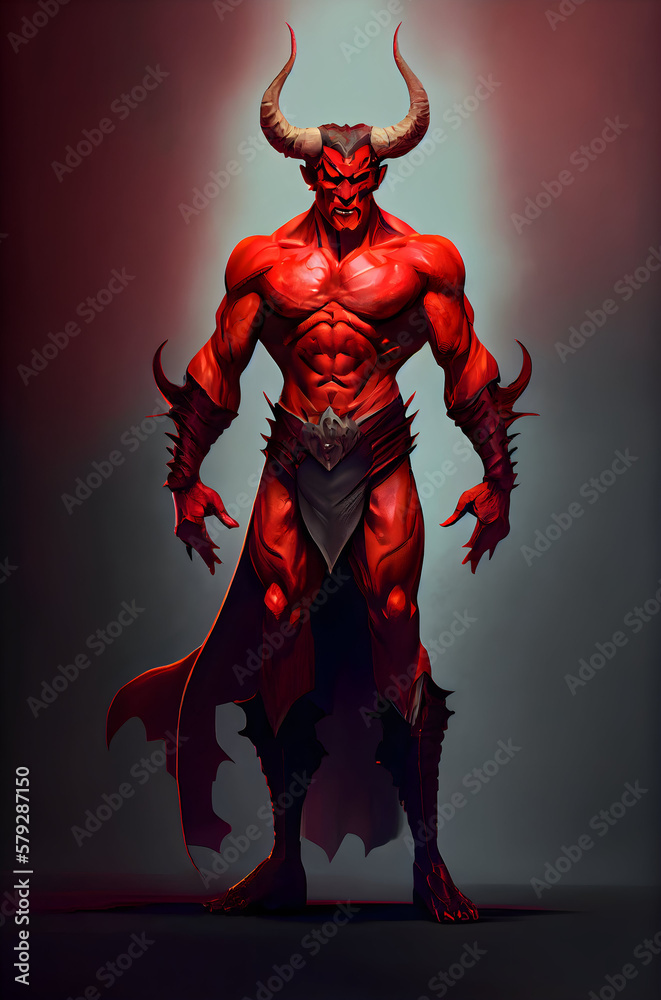The Devil card, nestled within the enigmatic realm of Tarot, is rife with symbolism that beckons exploration. This card is often perceived through a lens of negativity, invoking thoughts of bondage and temptation. However, its meaning transcends superficial interpretations, inviting contemplative examination of the depths of the human psyche. In this article, we will delve into the multifaceted aspects of the Devil card, unveiling its intricate layers and unveiling the profound insights it offers on personal transformation and liberation.
To begin with, the visual representation of the Devil card is as striking as its connotations. Dominated often by a horned figure, typically resembling a goat or Pan, the card exudes a palpable energy that is both alluring and unsettling. This imagery articulates the essence of primal instinct and the untamed facets of our nature. The dark aesthetics symbolize the shadow self—an integral part of our identity that many chooseto repress. In doing so, the Devil challenges us to face our fears and acknowledge the complexities of our desires.
In the traditional interpretation of the Devil card, the primary themes revolve around bondage and materialism. It signifies the chains that we often forge, both for ourselves and through external influences. These constraints could manifest in addictive behaviors, unhealthy relationships, or unquenchable desires for material wealth. The cards themselves may serve as a mirror, reflecting the darker corners of our souls, pushing us to confront the disquieting truths we’ve buried beneath layers of denial.
The card, however, does not solely embody oppression; it also promulgates an intriguing invitation towards awareness and liberation. It posits that acknowledging one’s chains is the first step towards breaking free from them. This juxtaposition of bondage and freedom is where the true power of the Devil card lies. By confronting the darker aspects of ourselves and the society in which we are enmeshed, we may reclaim our autonomy. This pivotal dance between acceptance and transcendence is what enriches the narrative of the Devil.
Moreover, the Devil card also opens a dialogue about temptation and desire. The tantalizing pull of what we want—whether it be physical pleasures, wealth, or power—represents a duality intrinsic to human experience. Herein lies another layer of meaning: it is not merely the indulgence in these desires that binds us, but rather our attachment to them. The Devil, thus, becomes a reminder of the fine line between enjoyment and overindulgence, urging us to strike a balance that fosters spiritual growth rather than decay.
Additionally, it is essential to consider the cultural context within which the Devil card resides. Various traditions and interpretations have lent the card a dynamic significance. In some notations, the horned figure represents the cyclic nature of life—birth, death, and rebirth. Through this lens, the Devil signifies transformation, challenging us to embrace change even in the face of adversity. By confronting our demons, we may find the strength to emerge anew. This perspective reframes the card as a catalyst for personal evolution, offering a chance for reformation and resurrection from the ashes of our former selves.
The dichotomy of liberation and bondage inherent in the Devil card can also symbolize the struggle between societal expectations and one’s true self. In a world where convention often reigns, the card encourages bold authenticity. It implores individuals to peel away the masks worn in compliance with societal norms, urging them to delve into the lurking depths of their desires and ambitions. Bursting forth from these constraints, individuals may discover a wellspring of creativity and self-expression. The Devil thus becomes a paradoxical ally, guiding one towards authenticity through the very challenges it presents.
Furthermore, within the context of relationships, the Devil card can illuminate dynamics that foster dependency and co-dependency. It may indicate a phase where temptation overshadows reason, pushing individuals to reflect on the sources of their emotional entanglement. The stark acknowledgment of these patterns can instigate critical conversations, empowering individuals to cultivate healthier bonds. Through such revelations, the Devil card champions awareness and encourages a transformative dialogue that leads to liberation from toxic cycles.
Interestingly, the reversed position of the Devil in a Tarot spread signals a different narrative—out of bondage and into liberation. Positioned inverted, the card often speaks of breaking free from the chains that bind. It heralds a time when one can successfully confront and dismantle the negative aspects of their life. In this context, the reversal acts as a powerful reminder that transformation is not only possible, but is rooted within ourselves. This potent energy signals hope and renewal, illuminating a path towards liberation.
In conclusion, while the Devil card may initially evoke sentiments of fear and confinement, it ultimately serves as a compelling emblem of growth and transformation. Its intricate layers invite contemplation about the balance of desire, acceptance of the shadow self, and the liberation found in authenticity. Through its symbolism, individuals are guided towards profound self-discovery, daring them to confront their demons and emerge stronger. Engaging with the Devil card ultimately paves the way for a deeper understanding of one’s own psyche, revealing the beauty inherent in transformation and the rich tapestry of human experience. Thus, far from being a harbinger of doom, the Devil card is a sage mentor, leading the seeker towards the dawn of realization and freedom.









Leave a Comment